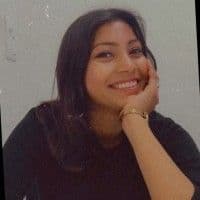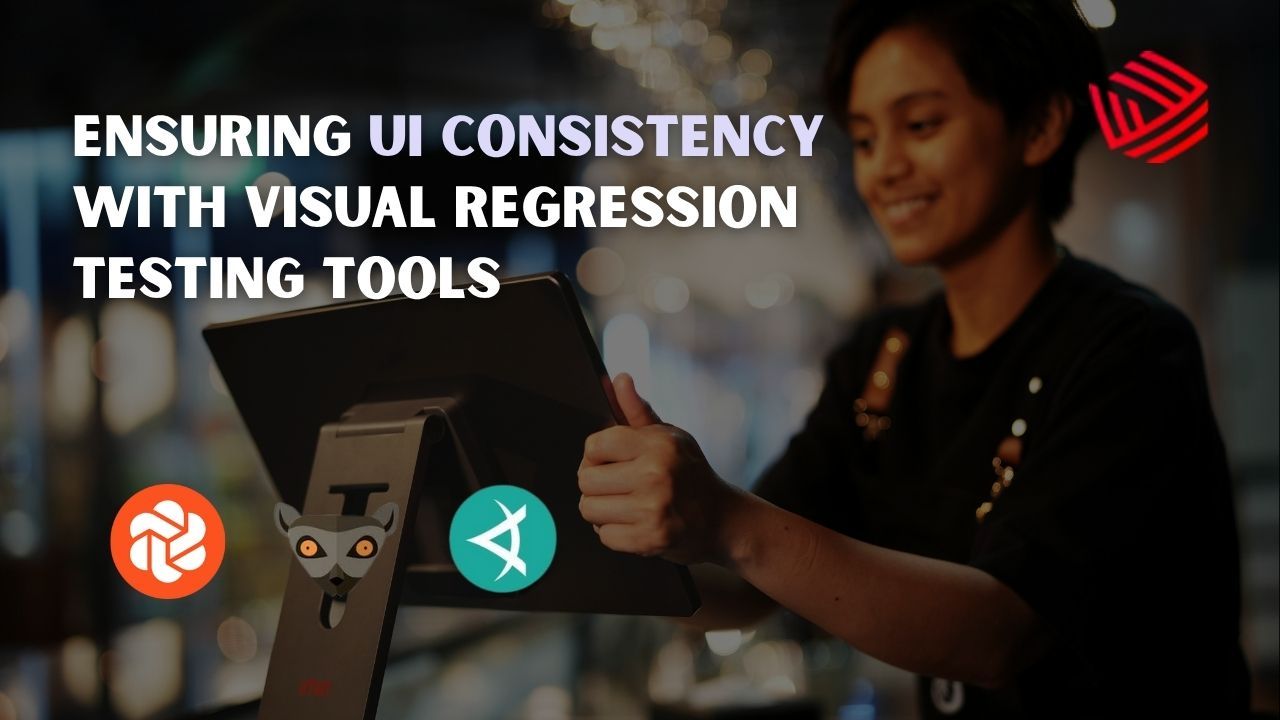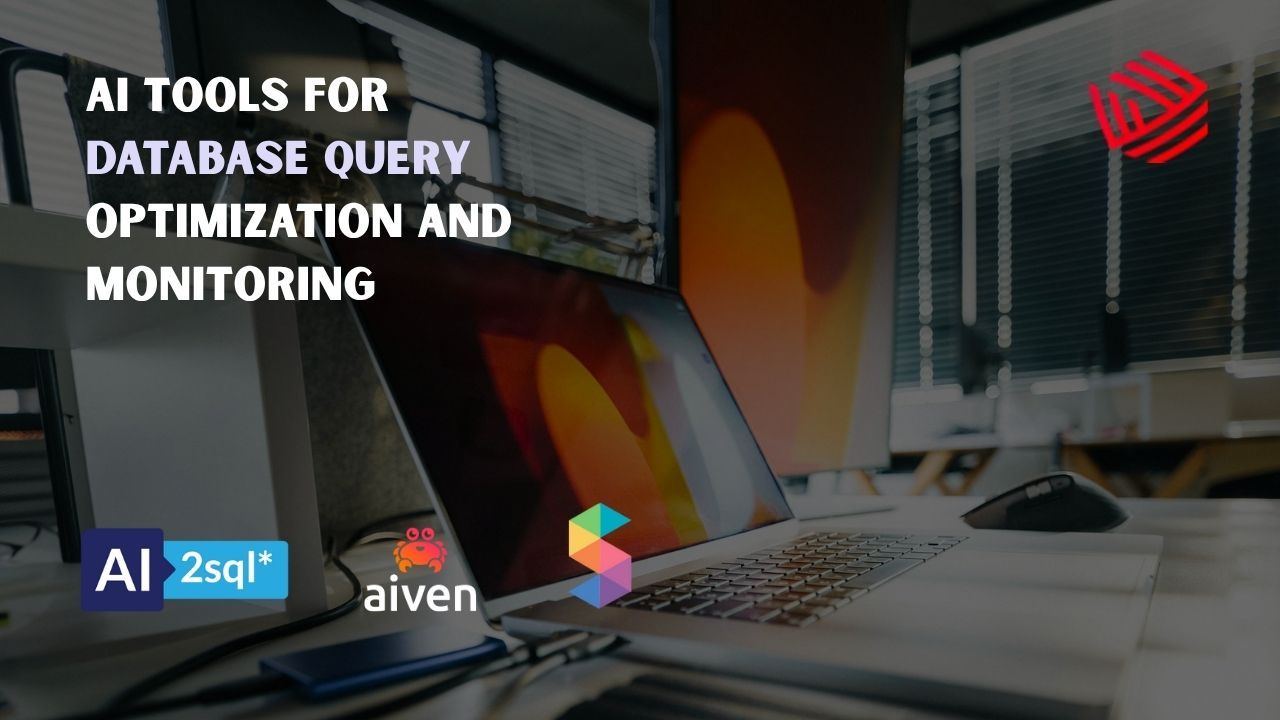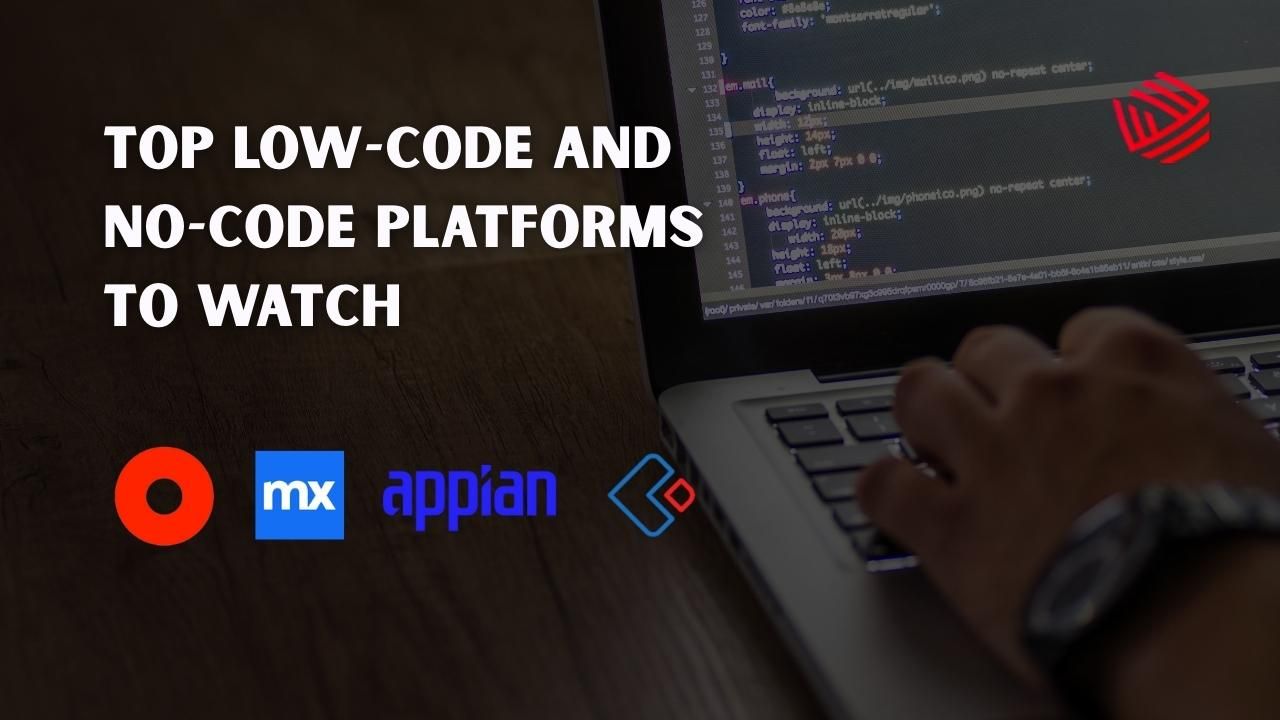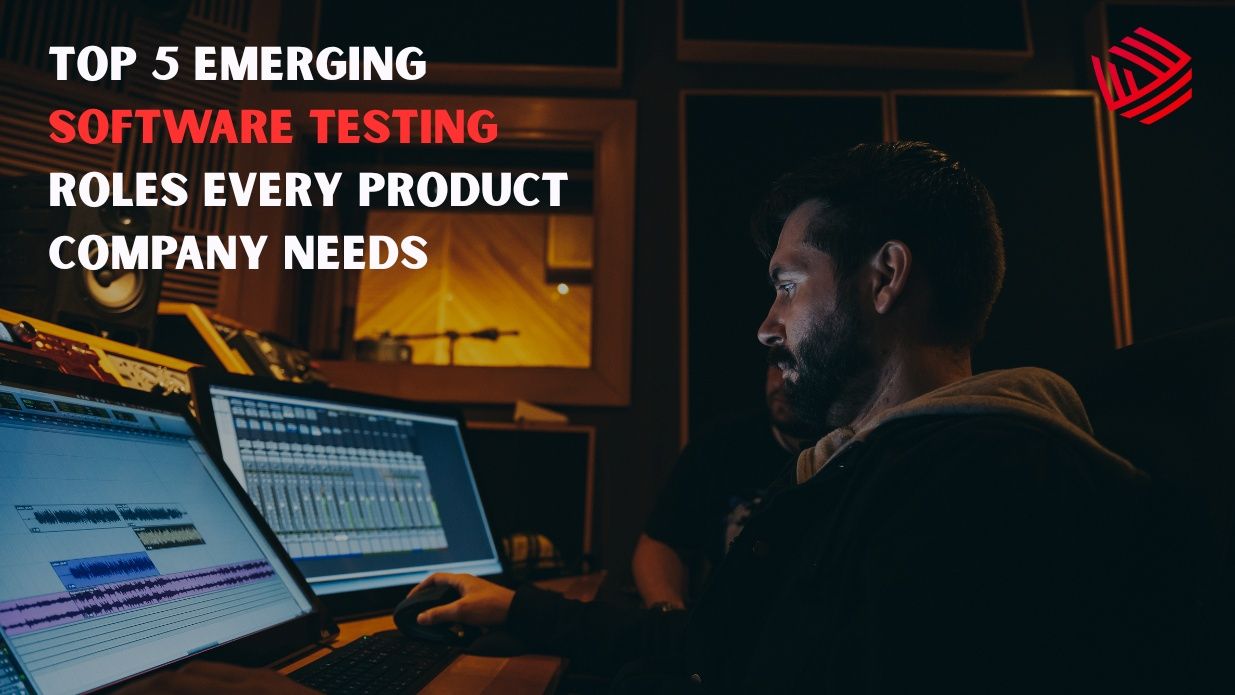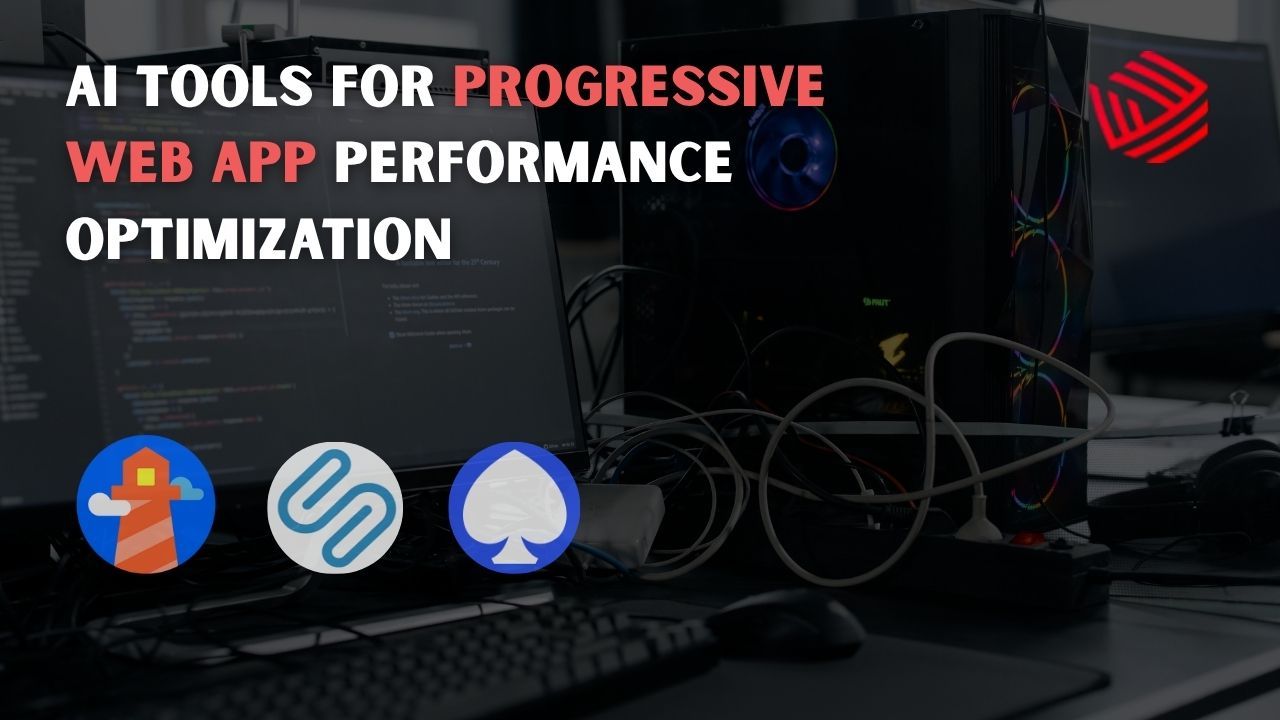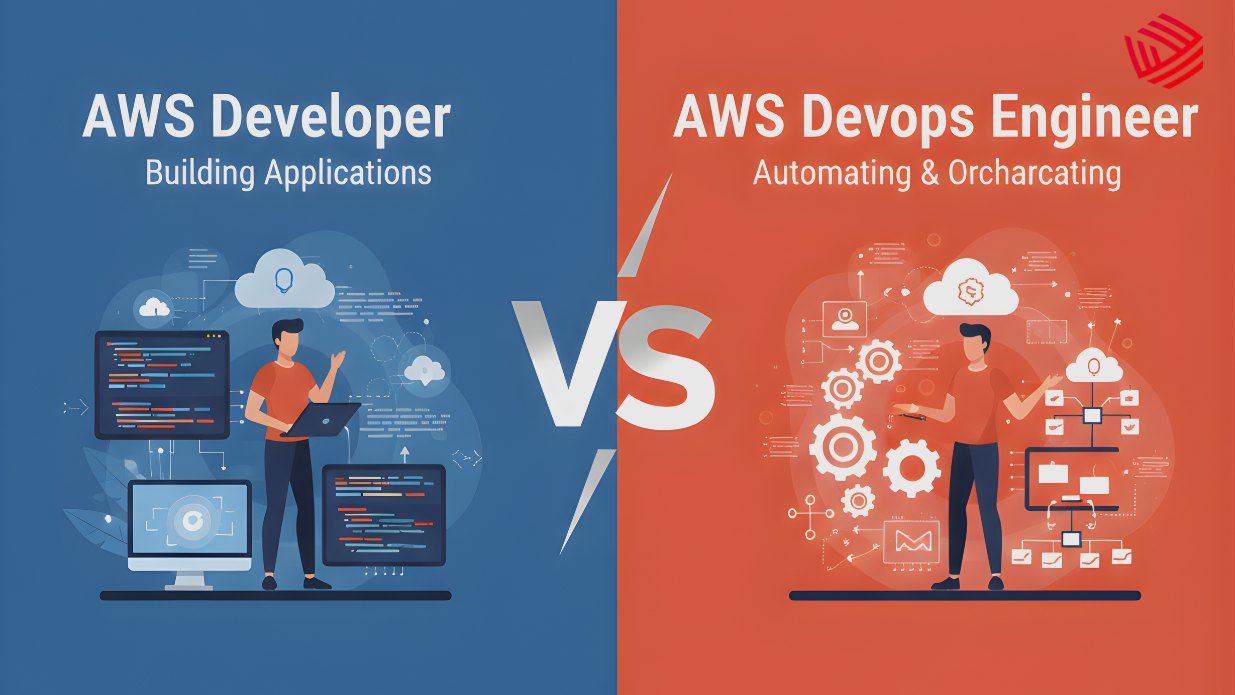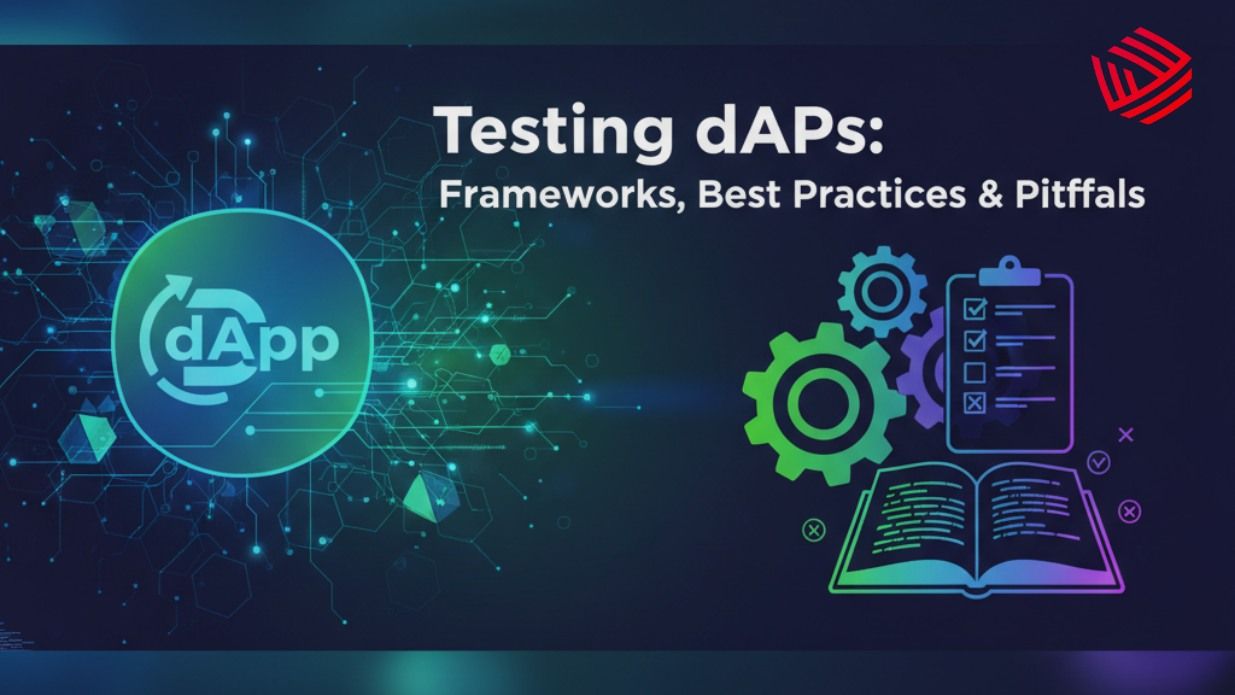In software development, delivering high-quality, scalable applications at a rapid pace is more crucial than ever. This is where CI/CD (Continuous Integration and Continuous Deployment) plays a pivotal role. CI/CD is a set of modern practices that automate integrating code changes, testing, and deploying applications. By adopting CI/CD, software developers can streamline workflows, reduce manual errors, and ensure faster delivery of features to users. For instance, a SaaS company using CI/CD can push daily updates safely while ensuring all automated tests pass.
The most common standard the ci/cd follows is the pipeline architecture which divides a large process into smaller, modular stages connected by "pipes," where the output of one stage becomes the input of the next. This can be done by project's configuration file for ci/cd pipeline by devOps manually(advanced) or through the usage of tools. This allows multiple tasks to be processed in parallel, similar to an assembly line, improving overall throughput.
What is Continuous Integration (CI)?
Continuous Integration refers to the practice of automatically integrating code changes into a shared repository multiple times a day. Every time a developer pushes new code to the repository, an automated process is triggered to build and test the application. This ensures that issues are detected early, preventing bugs from accumulating and causing production delays.
CI involves several key practices:
- Frequent Code Commits: Developers regularly commit their changes to the main codebase to avoid integration conflicts.
- Automated Testing: Every change is automatically tested, ensuring that new features do not break existing functionality.
- Build Automation: The code is automatically compiled and packaged to ensure that it’s ready for deployment.
By incorporating CI, teams can catch bugs and defects early in the development process, saving valuable time and resources in the long run. For example: In a Python-based web scraping project, CI ensures every script change triggers automated validation, preventing errors in production data pipelines.
What is Continuous Deployment (CD)?
Continuous Deployment takes CI a step further by automating the release process. With CD, every change that passes automated testing is deployed to production automatically. This reduces the time between writing code and releasing it to end users. Continuous Deployment enables teams to release new features, fixes, or improvements faster, without manual intervention.
CD also encompasses the broader concept of Continuous Delivery, where the software is always in a deployable state, but deployment to production might still require manual approval or intervention. However, true Continuous Deployment does not involve manual steps and pushes every update directly to the production environment after passing the automated tests.
Note: There are some advanced CD practices which can be easily implemented using the ci/cd tools.
Why is CI/CD Crucial for Scalable Web App Development?
- Faster Delivery of Features: By automating the integration and deployment processes, CI/CD enables development teams to release features, bug fixes, and enhancements quickly, reducing the time-to-market.
- Improved Quality: Automated tests catch issues early, preventing defects from reaching production. Continuous integration ensures that any potential issues are addressed before they snowball into more significant problems.
- Reduced Manual Effort and Errors: Automation of repetitive tasks like testing, building, and deploying reduces human error and frees up developers to focus on higher-value work like building new features.
- Seamless Scaling: As applications grow in complexity, CI/CD pipelines ensure that web apps can scale efficiently which is an essential factor for web development companies managing multi-environment apps.by managing the complexities of deployments across multiple environments.
- Enhanced Collaboration: CI/CD fosters a culture of collaboration among developers, testers, and operations teams. Continuous integration ensures that everyone works on the most up-to-date version of the application, improving team synergy.
- Efficient Rollbacks: With CI/CD pipelines, rolling back to a previous version of an app is simpler. If an issue is detected in production, automated deployment tools can swiftly revert to a stable version, ensuring minimal downtime.
- Cost-Effective: By catching issues early in the development cycle, CI/CD saves resources by preventing costly mistakes in production. Additionally, automated deployments minimize the need for manual intervention, reducing operational costs.
CI/CD pipelines are especially beneficial for projects involving large-scale data workflows like in python projects involving web scraping and data extraction, where automation ensures consistent results and faster iterations.
Top CI/CD Tools for Scalable Web Apps
1. Jenkins
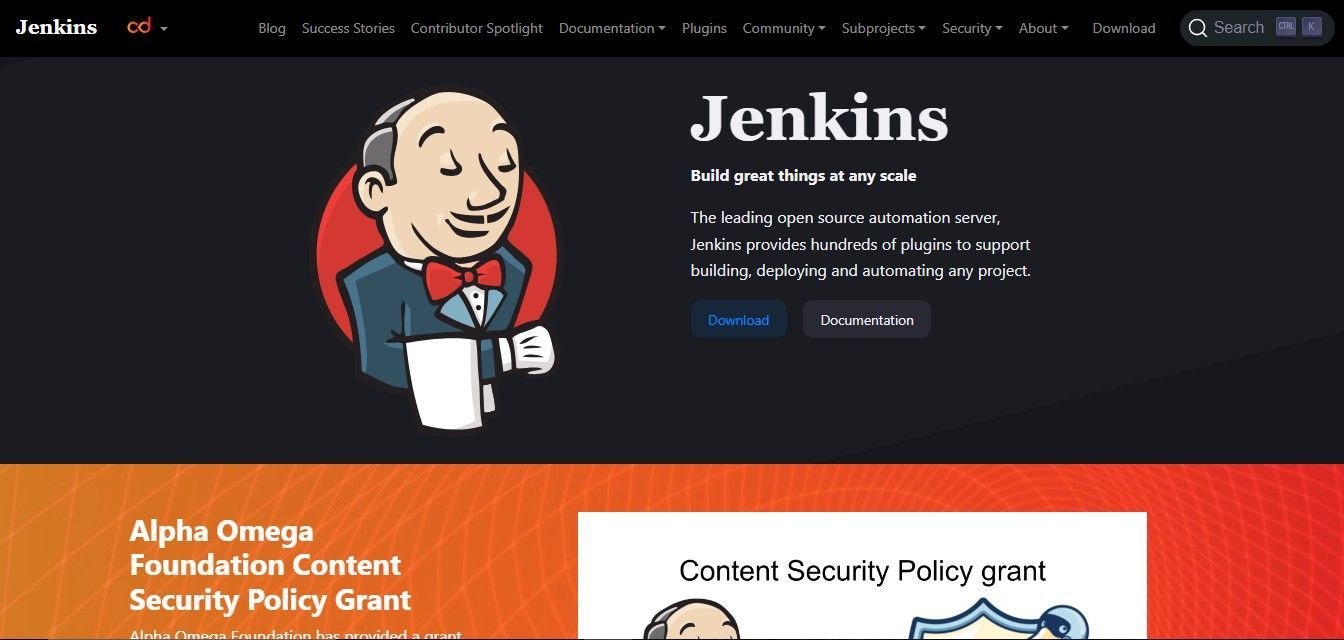
Jenkins is one of the most widely used open-source CI/CD tools. Known for its flexibility, Jenkins offers hundreds of plugins to support building, deploying, and automating projects. Jenkins' ability to distribute builds across multiple machines allows it to scale easily, making it suitable for large projects with complex requirements like in full stack development projects.
Key Features:
- Extensive plugin ecosystem.
- Supports distributed builds for scalability.
- Strong integration with many tools and platforms.
2. GitLab CI/CD
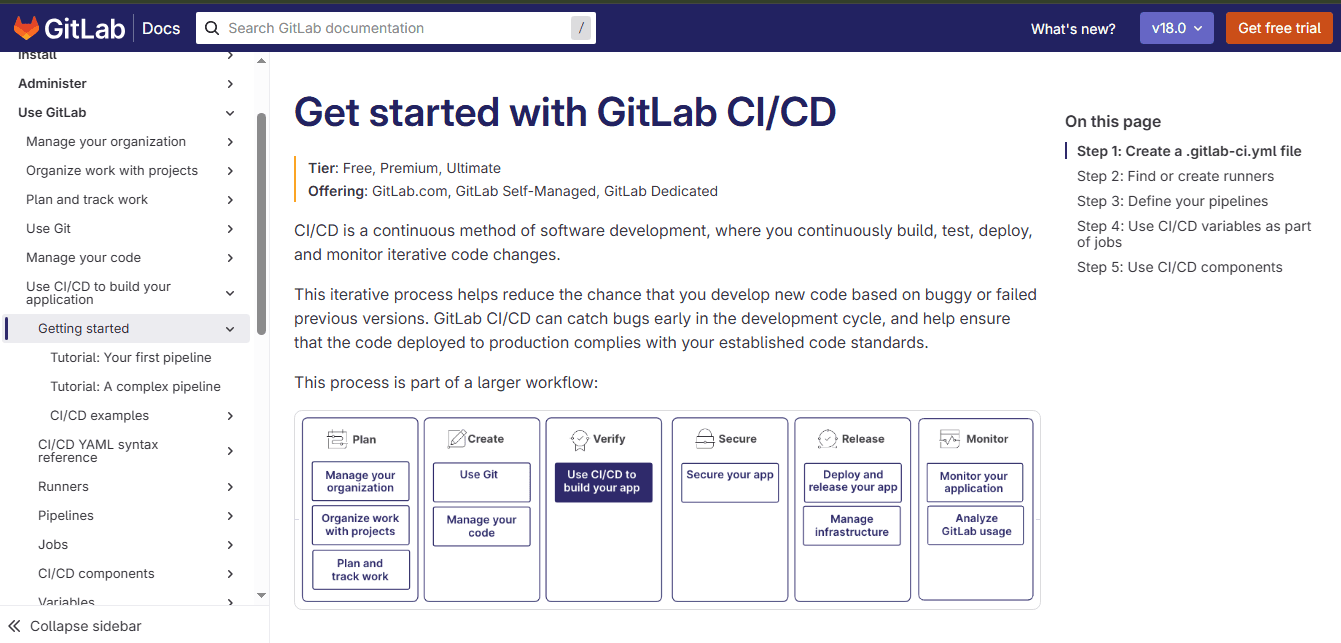
GitLab is a complete DevOps platform that includes CI/CD as one of its core features. It offers an integrated version control system and seamless CI/CD pipelines. GitLab's Kubernetes integration and built-in support for cloud-native apps make it a powerful tool for scaling your CI/CD pipeline.
Key Features:
- Auto DevOps for automatic pipeline configuration.
- Kubernetes integration for scaling deployments.
- Secure integration with Git repositories.
3. CircleCI
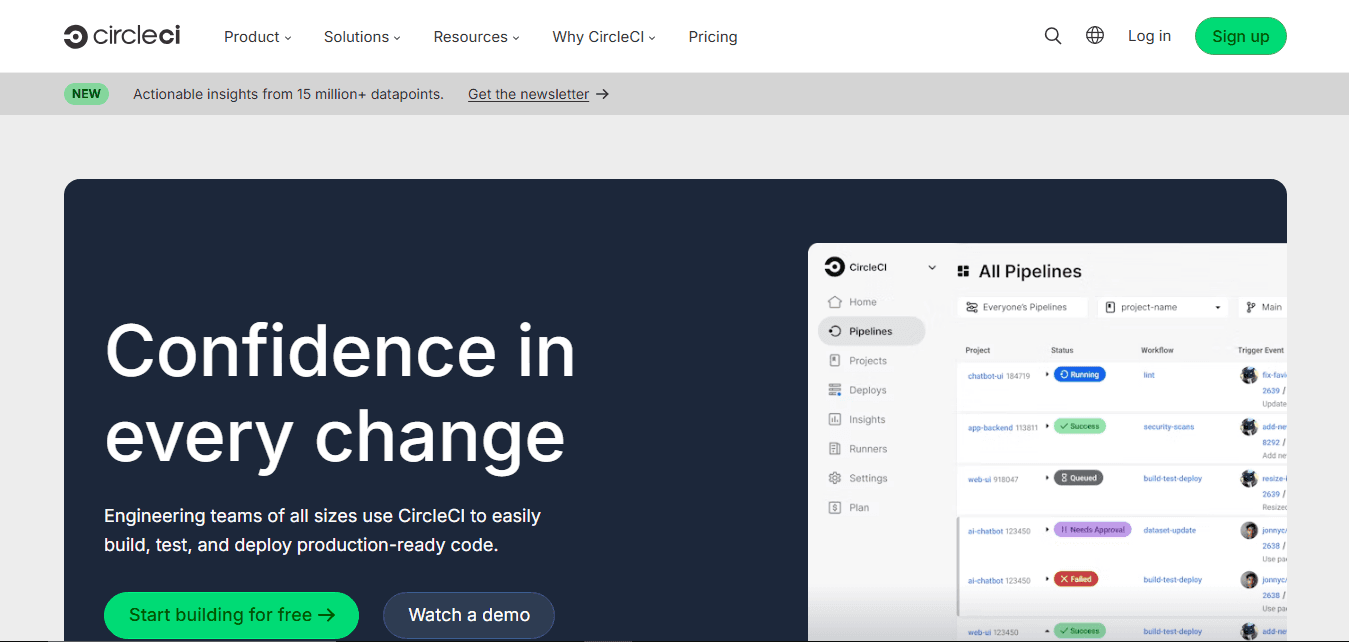
CircleCI is a cloud-based CI/CD tool known for its speed and efficiency, offering scalable and fast workflows for building and deploying apps. CircleCI’s cloud infrastructure allows you to scale builds rapidly, handling larger projects with ease, making it a top choice for teams focused on performance.
Key Features:
- Parallelism to speed up builds.
- Docker and Kubernetes support.
- Easy integration with GitHub and Bitbucket.
4. GitHub Actions
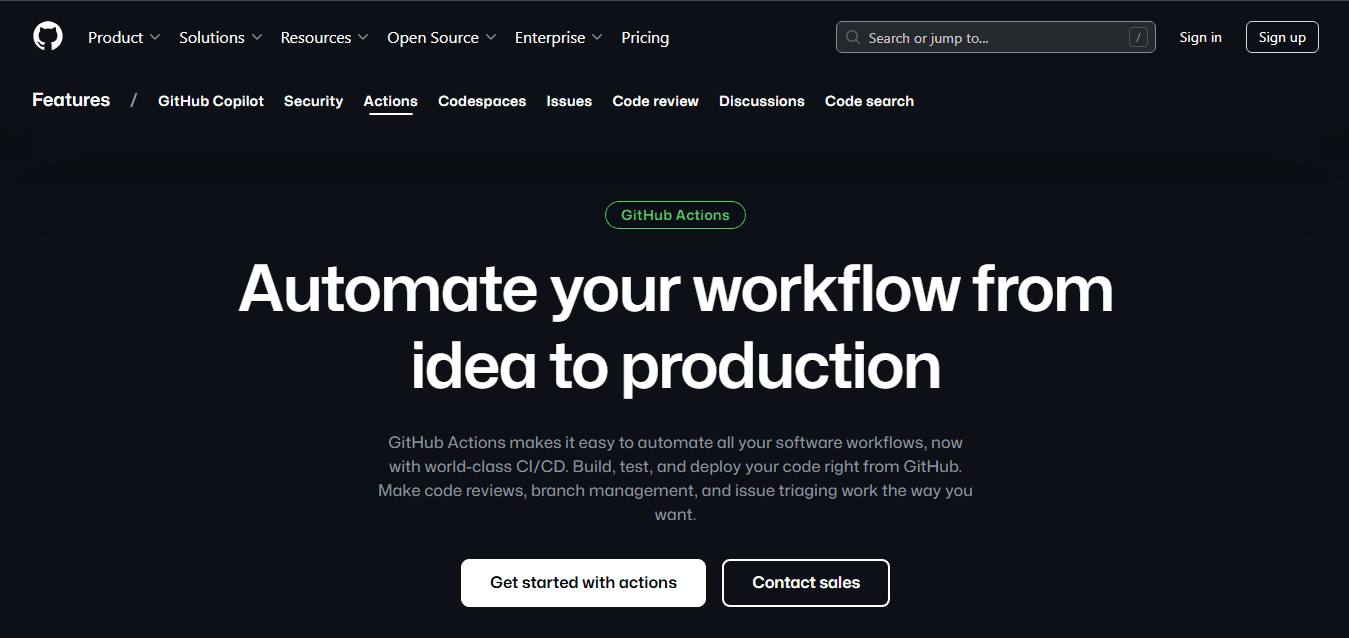
GitHub Actions allows you to automate, customize, and execute workflows right from your GitHub repository, making it a great option for teams already using GitHub. GitHub Actions scales well with parallel jobs and is highly flexible, allowing you to define and manage multiple workflows.
Key Features:
- Native GitHub integration.
- Matrix builds for different environments.
- Marketplace for pre-built actions.
5. AWS CodePipeline
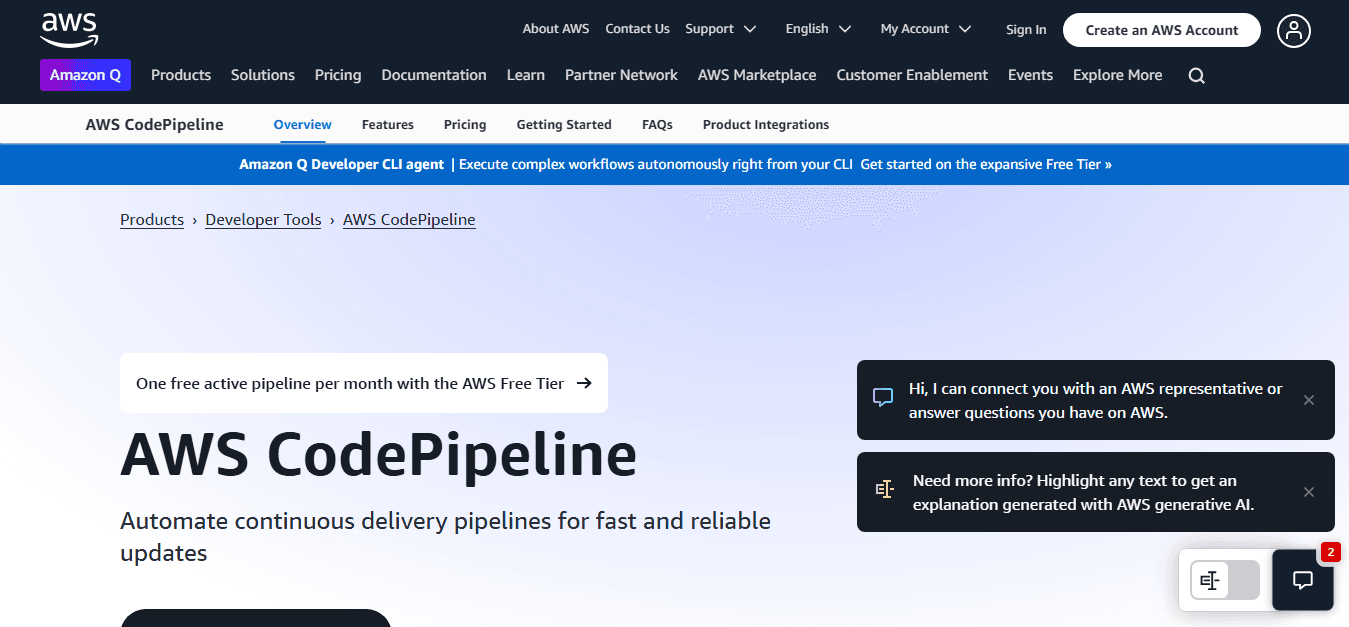
AWS CodePipeline is Amazon’s fully managed service for automating build, test, and deployment pipelines for applications hosted on AWS. With its cloud-based infrastructure, CodePipeline scales effortlessly to accommodate growing applications and workloads hosted on AWS.
Key Features:
- Seamless integration with other AWS services.
- Supports third-party tools and custom actions.
- Visual interface for easy management of workflows.
6. Azure Pipelines (Azure DevOps)
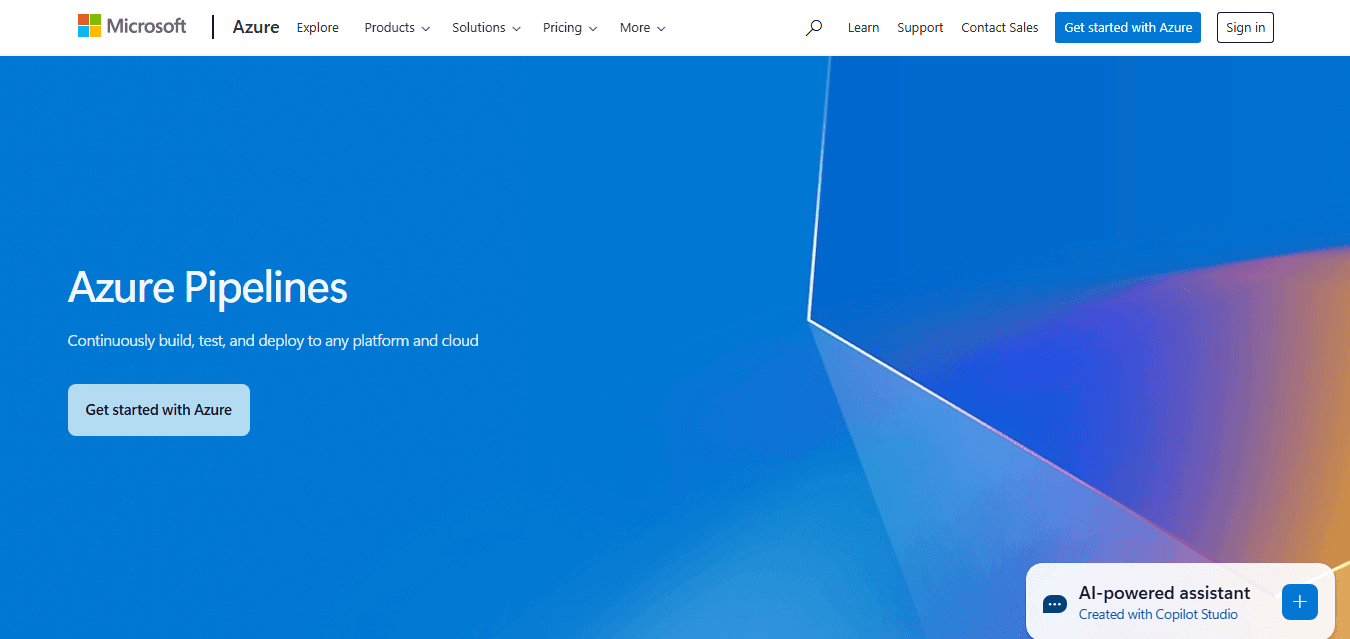
Azure Pipelines is a cloud-based CI/CD service by Microsoft that supports building, testing, and deploying applications to any cloud or on-premises environment. Azure Pipelines leverages Microsoft’s powerful cloud infrastructure, enabling seamless scaling of applications and workflows.
Key Features:
- Multi-platform support (Linux, macOS, Windows).
- Integration with Azure, Kubernetes, and Docker.
- Multi-cloud deployment options.
7. Argo CD
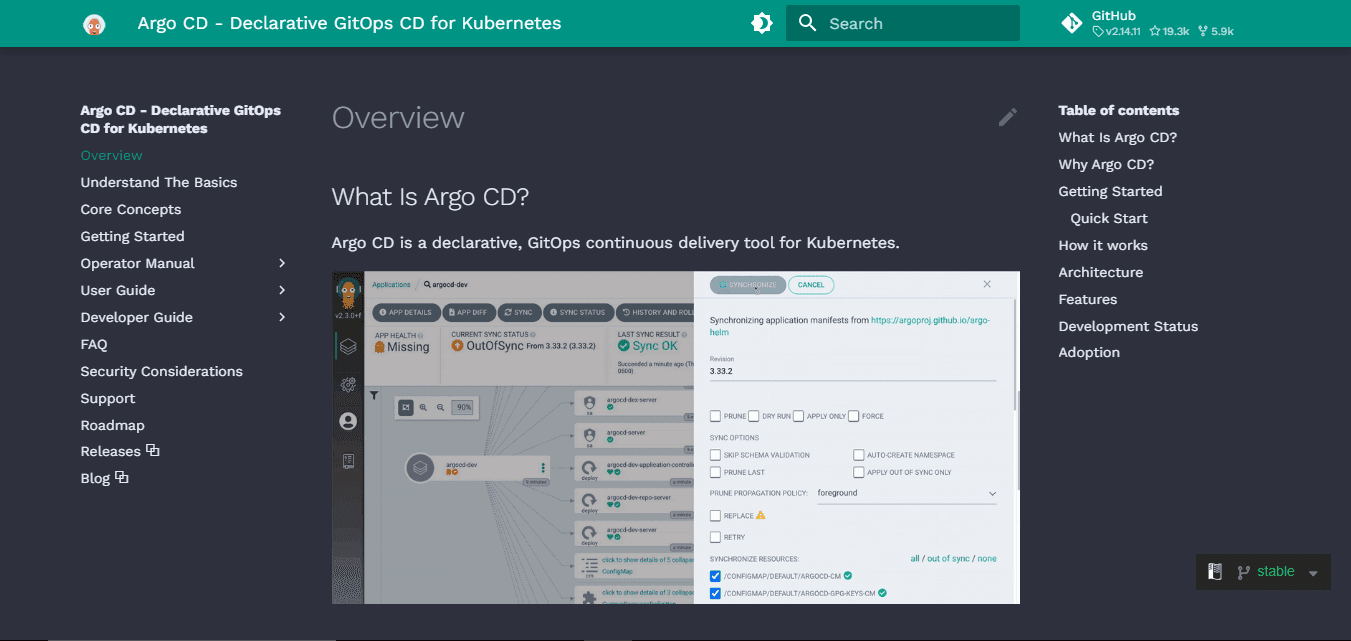
Argo CD is a declarative, GitOps continuous delivery tool for Kubernetes that automates application deployment. Argo CD’s ability to manage complex Kubernetes deployments across multiple clusters makes it perfect for large-scale cloud-native applications.
Key Features:
- GitOps-based deployment model.
- Support for multiple Kubernetes clusters.
- Automatic rollbacks and version management.
8. Spinnaker

Spinnaker is an open-source multi-cloud continuous delivery platform developed by Netflix, designed to handle complex deployment strategies at scale. Spinnaker’s ability to deploy to multiple cloud environments with sophisticated strategies ensures smooth, scalable application delivery.
Key Features:
- Multi-cloud deployment support (AWS, GCP, Azure, etc.).
- Advanced deployment strategies like Blue/Green and Canary.
- Real-time monitoring.
9. TeamCity
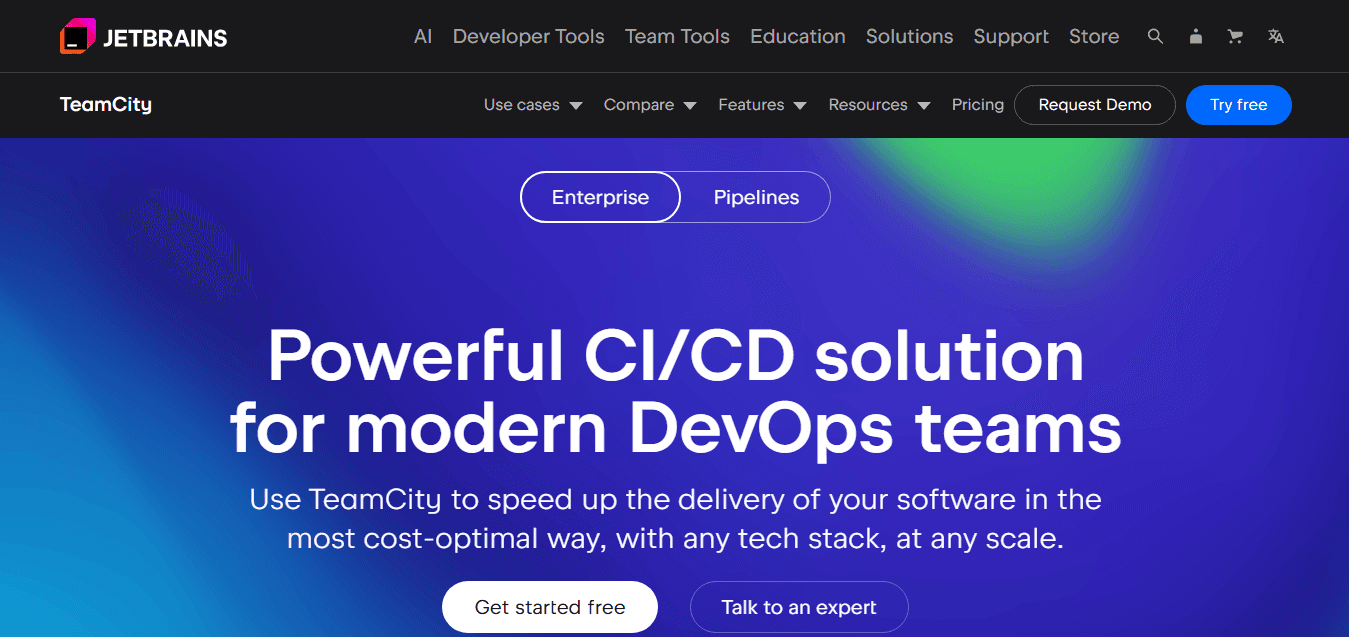
TeamCity is a powerful CI/CD tool from JetBrains, offering sophisticated features for both large and small teams. TeamCity supports parallel builds and distributed agents, making it a great choice for large-scale projects with diverse needs.
Key Features:
- Smart build configuration and templates.
- Parallel builds and distributed agents.
- Rich integration with version control systems.
10. Buddy
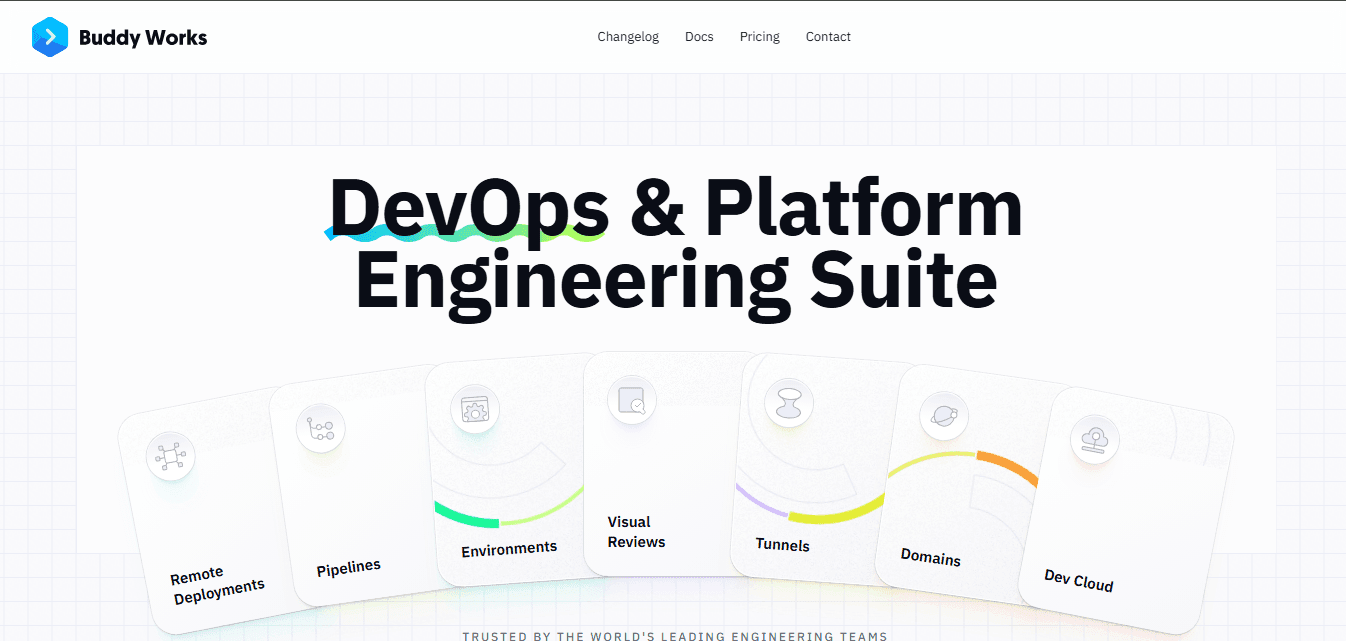
Buddy is a simple and intuitive CI/CD tool that allows you to automate workflows in a user-friendly interface, supporting a wide range of deployment methods. Buddy scales effectively, especially for Dockerized and Kubernetes-based applications, and provides a user-friendly interface to manage complex workflows.
Key Features:
- Pre-configured actions for Docker, Kubernetes, and serverless.
- Visual interface with drag-and-drop pipelines.
- Simple integration with GitHub, GitLab, and Bitbucket.
11. Bamboo (by Atlassian)
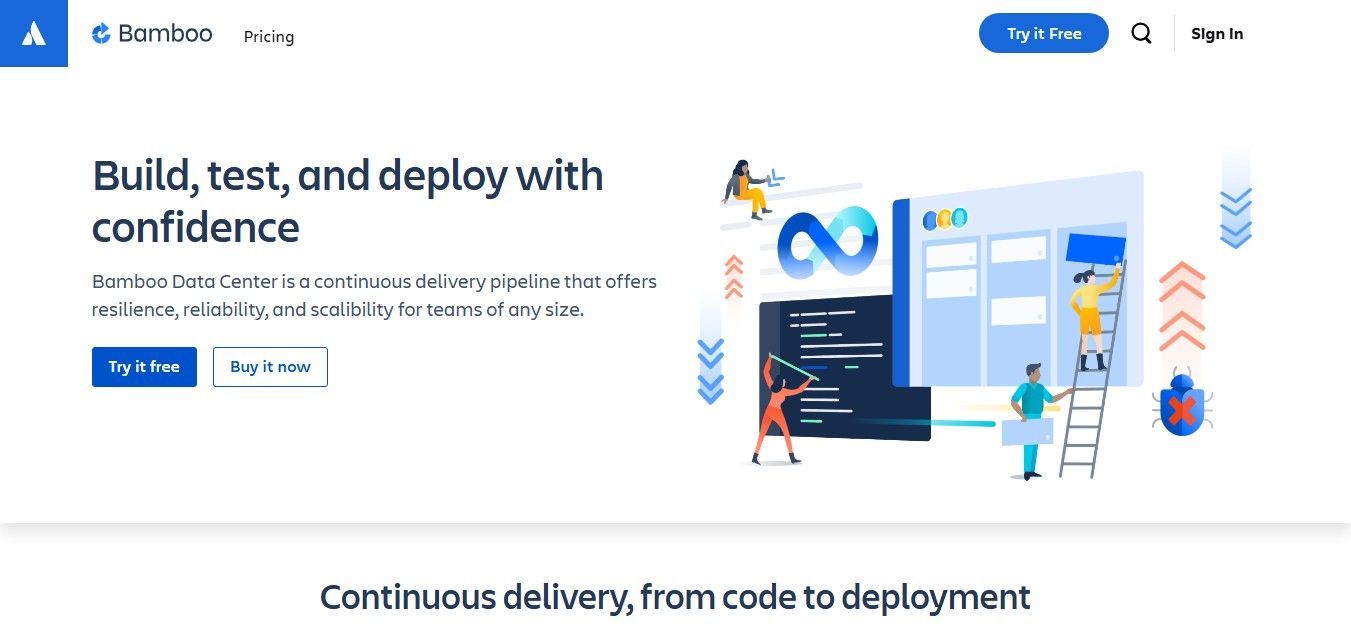
Bamboo is a CI/CD tool by Atlassian, built for developers using the Atlassian suite of tools (JIRA, Bitbucket, etc.). Bamboo scales to meet enterprise-level demands with support for multiple build agents and integration with other Atlassian tools.
Key Features:
- Tight integration with Atlassian products.
- Built-in deployment projects.
- Parallel builds and deployment pipelines.
12. Travis CI
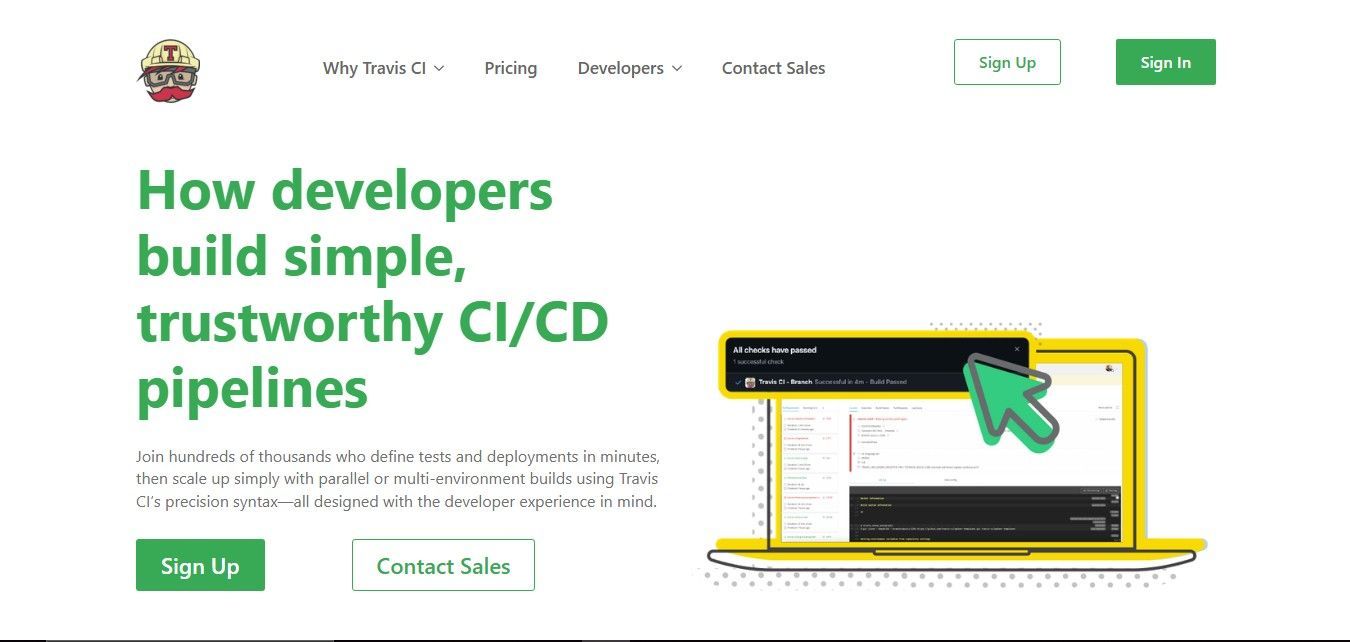
Travis CI is a cloud-based CI/CD service popular with open-source projects. It integrates easily with GitHub repositories. Travis CI is highly scalable with its cloud-based infrastructure, making it ideal for rapidly growing open-source or private projects.
Key Features:
- Simple configuration with YAML files.
- Support for many programming languages.
- Free for open-source repositories.
13. Shippable
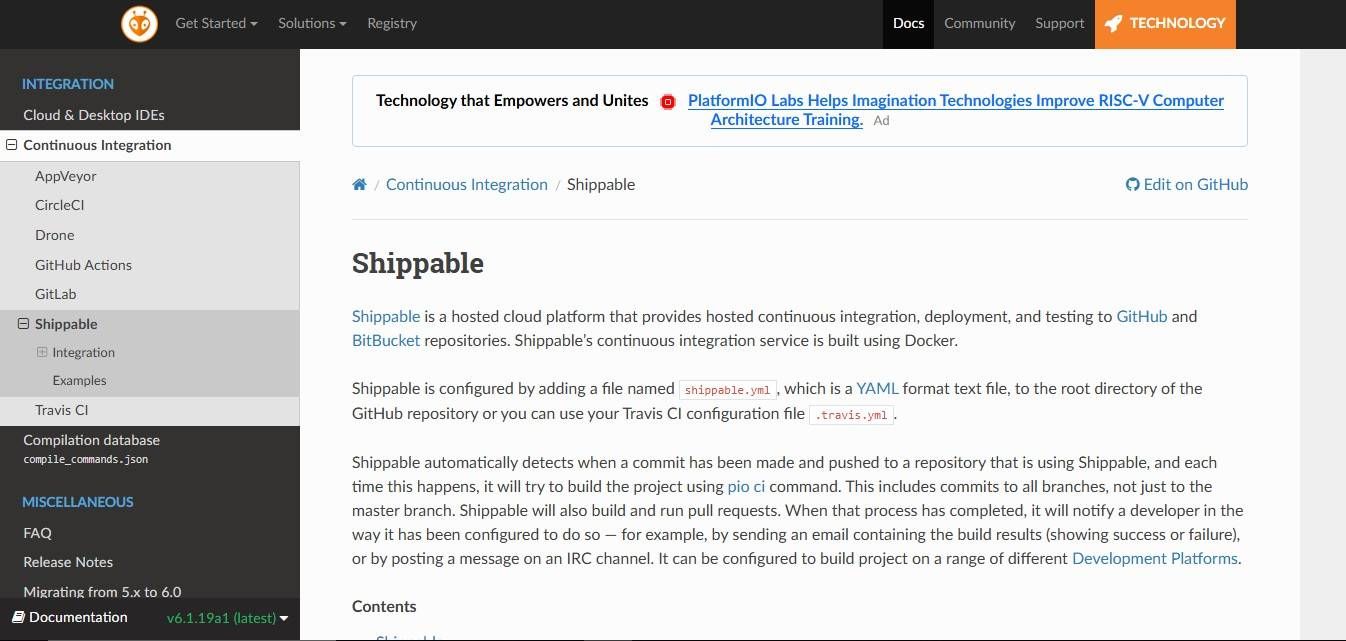
Shippable, now part of JFrog, offers a container-native CI/CD platform optimized for Docker and Kubernetes environments. Shippable excels in scaling containerized applications and microservices, making it perfect for complex cloud-native deployments.
Key Features:
- Kubernetes and Docker integration.
- Hybrid cloud support for scalability.
- Automated CI/CD workflows for microservices.
14. Semaphore
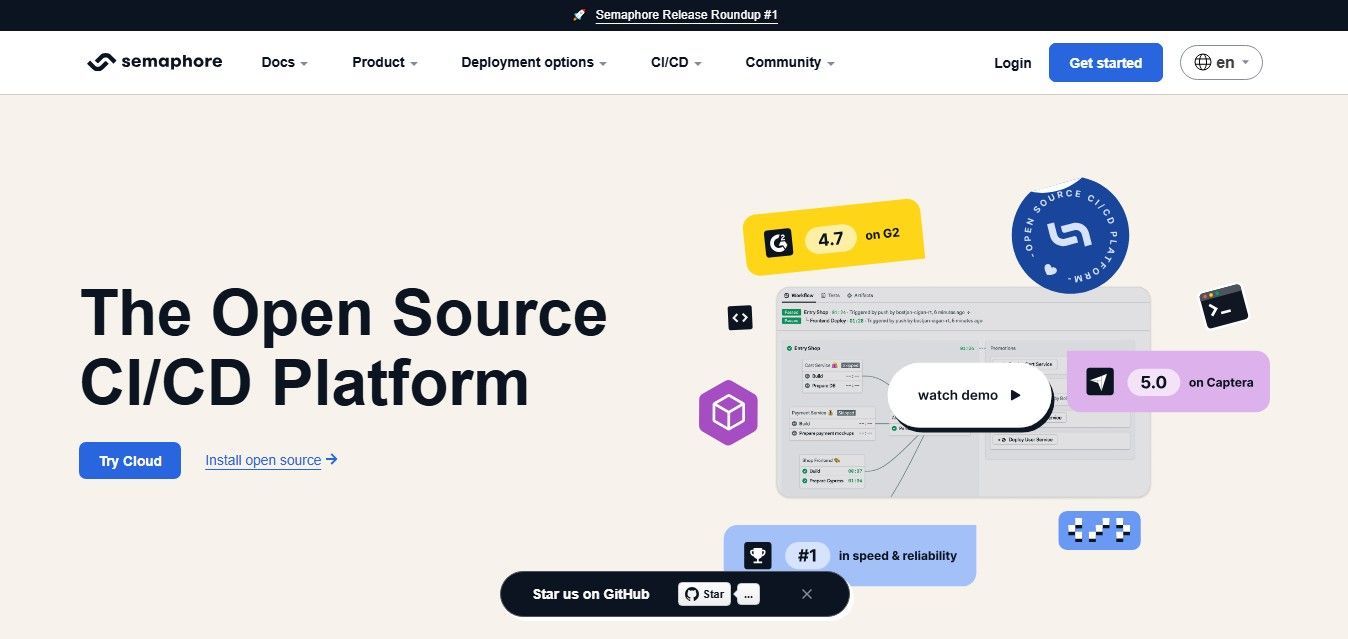
Semaphore is a fast, cloud-based CI/CD tool designed to simplify the development and deployment process for teams. Semaphore provides powerful parallel execution and scalability, making it ideal for fast-growing projects.
Key Features:
- Support for Docker, Kubernetes, and cloud platforms.
- Parallelism for faster feedback loops.
- Efficient caching for optimized performance.
15. Buildkite
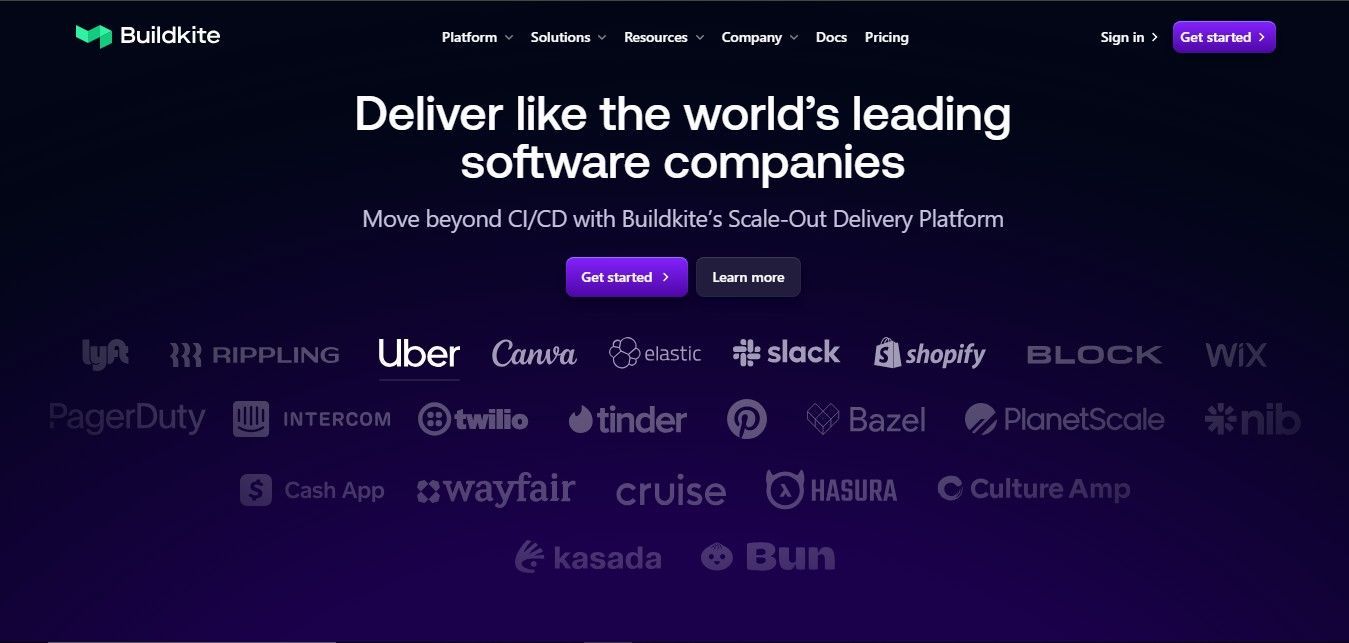
Buildkite is a hybrid CI/CD tool that combines cloud and on-premises agents to scale workflows effectively. The hybrid model allows teams to scale across cloud and on-prem environments, providing flexibility and cost efficiency.
Key Features:
- Hybrid model with cloud and on-prem agents.
- Parallel builds and fast feedback.
- Scalable workflows for large teams.
16. Concourse CI
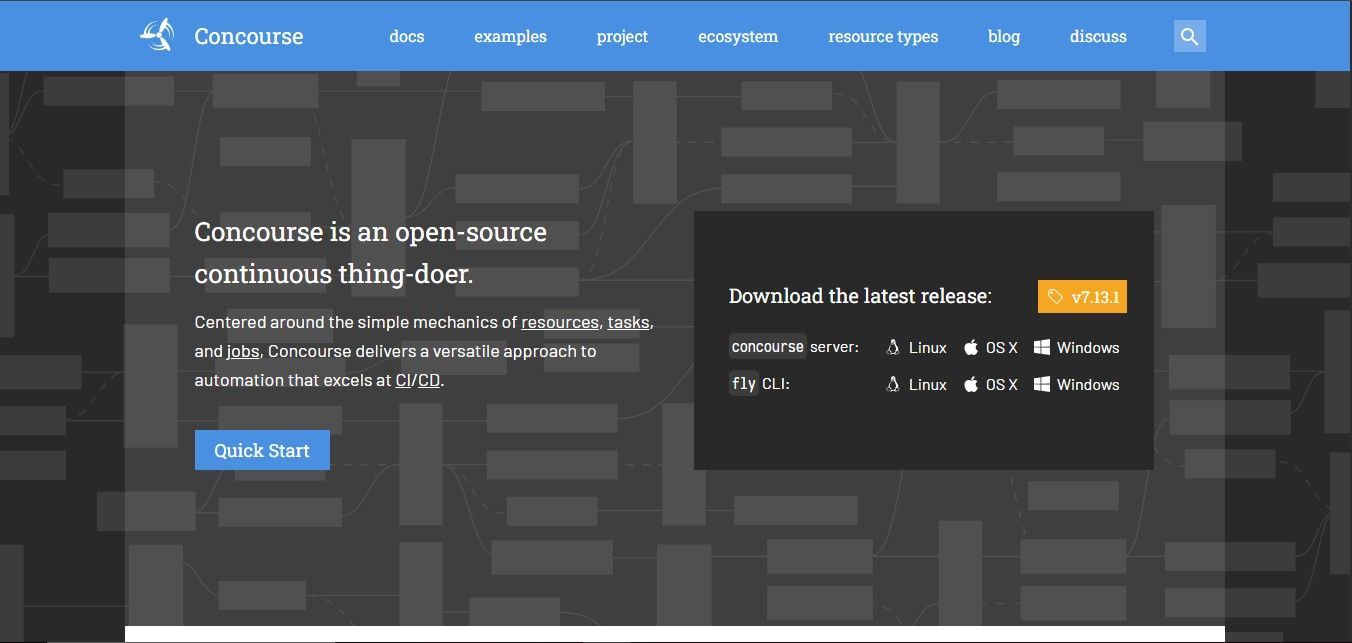
Concourse CI is an open-source CI/CD tool with a focus on simplicity and scalability. Concourse CI allows easy scaling through its simple and declarative configuration model, making it ideal for microservices.
Key Features:
- Pipelines as code.
- Docker support and cloud-native features.
- Parallel job execution.
17. Buildbot

Buildbot is an open-source CI/CD tool that focuses on flexibility and scalability, allowing developers to create custom workflows. Buildbot’s distributed architecture makes it perfect for scaling complex, multi-platform projects.
Key Features:
- Flexible and highly configurable.
- Scalable architecture.
- Integration with various version control systems.
18. GoCD
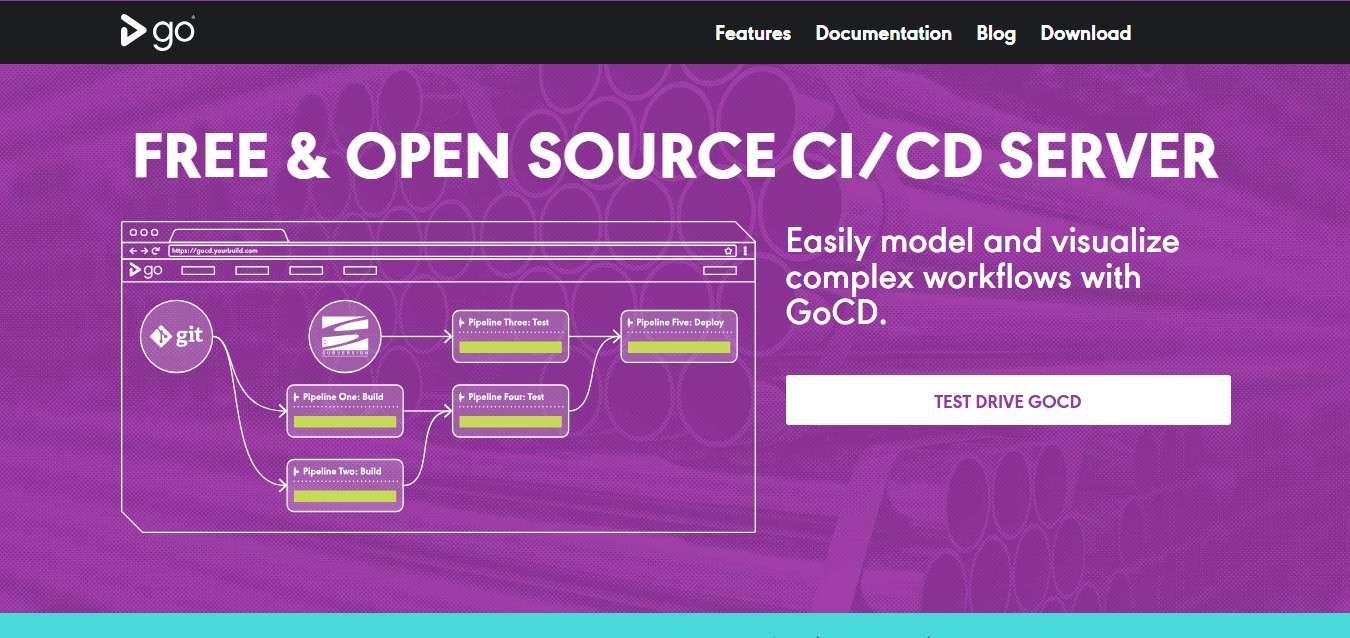
GoCD is an open-source CI/CD tool that focuses on continuous delivery and pipeline management. GoCD’s ability to manage complex pipelines and dependencies ensures smooth scaling as projects grow.
Key Features:
- Advanced pipeline modeling.
- Dependency management for complex workflows.
- Kubernetes and Docker support.
19. Jenkins X
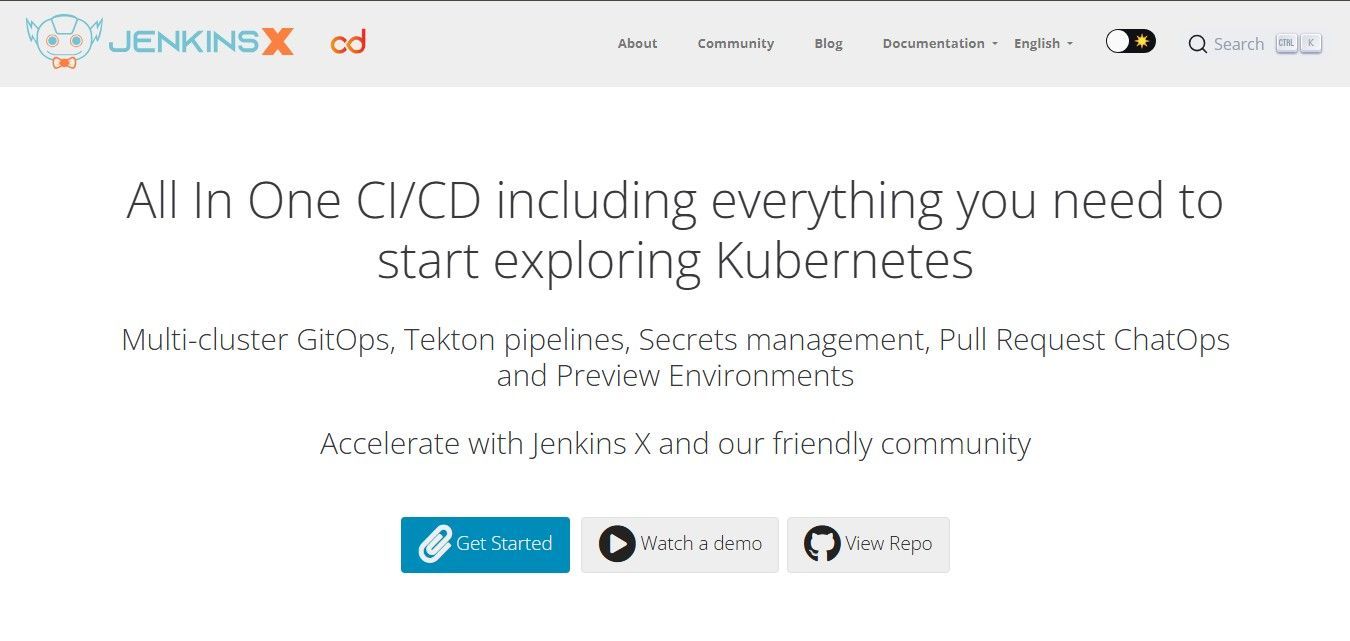
Jenkins X is a cloud-native version of Jenkins optimized for Kubernetes, supporting modern DevOps workflows. Jenkins X is designed for cloud-native applications and auto-scales on Kubernetes, making it ideal for large-scale modern deployments.
Key Features:
- Kubernetes integration for automatic scaling.
- Supports microservices and serverless architectures.
- GitOps-based workflows.
20. CodeFresh

CodeFresh is a Kubernetes-native CI/CD tool optimized for microservices and containerized applications. CodeFresh specializes in scaling containerized applications with Kubernetes and Docker, making it highly effective for cloud-native projects.
Key Features:
- Kubernetes-native workflows.
- Docker and Helm chart support.
- Easy integration with GitHub, GitLab, and Bitbucket.
How to Choose the Right CI/CD Tool?
Choosing the right CI/CD tool depends on various factors, including:
Factor | Considerations |
| Project Size | For small projects, simpler tools like Buddy or GitHub Actions are ideal. For enterprise-level apps, Jenkins or Spinnaker are better. |
| Team Skills | If your team is cloud-native, tools like Argo CD or GitLab CI/CD fit better. |
| Hosting Environment | AWS-based apps are best paired with CodePipeline; Azure apps with Azure Pipelines. |
| Cost | Open-source tools like Jenkins, Argo CD, or GitHub Actions (for public repositories) can save costs. |
| Scalability Needs | Ensure the tool supports autoscaling, parallel jobs, and easy multi-environment setups. |
| Ecosystem Integration | Select tools that easily integrate with your existing tech stack (Kubernetes, Docker, etc.). |
Conclusion
Choosing the right CI/CD tool is crucial for building scalable web applications. Each of these tools brings unique features to the table, catering to different development needs, from simple projects to complex, cloud-native applications. Whether you're building an enterprise solution or a small app, these tools will help streamline your development processes and scale your web app efficiently. CI/CD is an important aspect of modern software development projects and proper working of backend is essential and server monitoring tools for NodeJS provides you insights on NodeJS monitoring tools.
The adoption of CI/CD is essential for any development team aiming to build scalable, high-quality web applications. It aligns perfectly with the needs of modern web development, where speed, quality, collaboration, and continuous improvement are key. As the demands for faster, more reliable applications grow, CI/CD provides a foundation that allows teams to meet these challenges head-on. In the end, CI/CD isn’t just about streamlining workflows — it’s about creating an environment where developers can innovate confidently, release frequently, and scale effectively. For teams looking to stay ahead in a competitive digital landscape, embracing CI/CD is no longer optional but a vital strategy for success.
